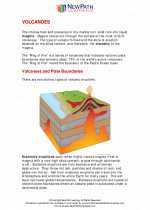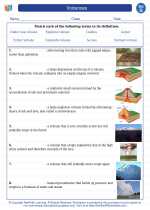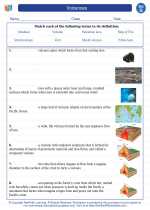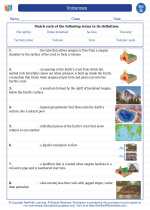Vascular Tissue
Vascular tissue is a complex network of cells that are responsible for the transport of water, nutrients, and sugars throughout a plant. It is made up of two main types of tissues: xylem and phloem.
Xylem
Xylem is responsible for transporting water and minerals from the roots to the rest of the plant. It is composed of several types of cells, including:
- Vessel elements: These are long, tube-like cells that are stacked on top of each other. They are responsible for the efficient transport of water.
- Tracheids: These are another type of water-conducting cell, found in some plants, and are tapered at the ends, allowing for water to flow through.
- Parenchyma cells: These are living cells that provide support and storage in the xylem.
- Sclerenchyma fibers: These are long, slender cells that provide structural support to the xylem.
Phloem
Phloem is responsible for the transport of sugars, amino acids, and other organic compounds throughout the plant. It is composed of several types of cells, including:
- Sieve tube elements: These are the main cells responsible for transporting sugars. They are arranged end-to-end to form sieve tubes.
- Companion cells: These cells are located alongside the sieve tube elements and provide metabolic support to keep the sieve tube elements functioning.
- Phloem fibers: These cells provide structural support to the phloem.
- Phloem parenchyma: These are living cells that provide support and storage in the phloem.
Function of Vascular Tissue
Vascular tissue plays a crucial role in the overall health and function of a plant. It transports water, nutrients, and sugars to all parts of the plant, allowing for growth, metabolism, and reproduction to occur. Without vascular tissue, plants would not be able to survive and thrive.
Study Guide
Here are some key points to remember about vascular tissue:
- Vascular tissue is made up of xylem and phloem.
- Xylem transports water and minerals, while phloem transports sugars and other organic compounds.
- The different types of cells in xylem and phloem have specific functions related to transport and support.
- Vascular tissue is essential for the overall health and function of a plant.
- Understanding the structure and function of vascular tissue is important for understanding plant physiology and biology.









